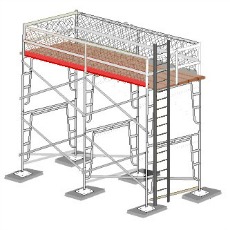

Building upon prior knowledge and background:īuilding means to expand, which means to grow.Here are a few strategies to help you get started with scaffolding for students. ESL Scaffolding Strategies to Use in Your Classroom To help English learners with this, educators must use scaffolding in every grade level and classroom. Intention of non-literal meaning of words is nearly impossible to identify in a speaker or writer. This is because all language learners translate their second language back to their base/first language in order to comprehend meaning. Idioms are extremely difficult for English language learners to identify and interpret. For example, the English language is packed with idioms, where the actual meanings of individual words do not add up to the meaning of the words collectively. Scaffolding can even the playing field for those who bring different background knowledge and experiences to the classroom. How can we help our students get to where they need to be if we don’t meet them where they are in the beginning?Īs adults, it is easy to become ethno-centric and see only through the lens of our own cultural experiences. If systematically building on students’ experiences and knowledge is a key to scaffolding, knowledge of students is of even greater importance. English language learners are no different, but they have even greater needs for scaffolding than most first-language English speakers. It’s what makes us uniquely ourselves and gives us each our own affinities for our individual gifts and talents. No one’s circumstances or experiences are identical. Why Scaffolding is Important for ESL LearnersĪs learners, we all come from different backgrounds. As the students master the assigned skills or tasks, the teacher gradually removes the supports. The teacher provides the students with supports that build on their knowledge and experiences as they’re learning new skills. A concise but accurate definition of instructional scaffolding is “a teaching method that helps students learn more by working with a teacher” to enhance learning and assist in the mastery of skills and tasks. In preparation to write this article, I researched many definitions of what the term ‘instructional scaffolding’ means. This is particularly crucial as it relates to ESL learners, or ELs (English Learners). When you know your students, it is possible to identify their needs as they relate to scaffolding. There is an entire strand of evaluation dedicated to “Knowledge of Students.” Charlotte Danielson and the State of Pennsylvania recognize that knowing your students matters. Speaking of planning and preparing for instruction - how can you do it well if you don’t know your students? In Pennsylvania, we follow the Charlotte Danielson Framework of Instructional Effectiveness.

It is a naturally assumed necessity when planning and implementing instruction. As an urban educator, scaffolding becomes a sort of basic unspoken need.


 0 kommentar(er)
0 kommentar(er)
